Buy this painting Beethoven frieze - right part, after the work of Gustav Klimt by MadameRuiz as a reproduction on canvas, ArtFrame, poster and wallpaper, printed on demand in high quality.
About "Beethoven frieze - right part, after the work of Gustav Klimt"
by MadameRuiz
About the artwork
Beethoven frieze, after the work of Gustav Klimt
The full frieze can be found here: https://www.werkaandemuur.nl/nl/shopwerk/Beethoven-fries-naar-het-werk-van-Gustav-Klimt/1081780
The left part can be found here: https://www.werkaandemuur.nl/nl/shopwerk/Beethoven-fries---linkerdeel-naar-het-werk-van-Gustav-Klimt/1081815
The Beethoven frieze is a painting by Viennese artist Gustav Klimt, aka the Golden Boy. He painted this work in 1902 for the14th Vienna Secession exhibition. The frieze was applied directly to the wall. Meanwhile, the Beethoven frieze is permanently visible in the Secession building, which is located at the edge of Karlsplatz and the beginning of Naschmarkt in Vienna. It was where the artists of the Secession movement, the Austrian variant of Art Nouveau, gathered.
The frieze illustrates the eternal search for happiness in a stormy world. However, our happiness is threatened by both external danger and our internal weaknesses and insecurities. To the left, we see a gorilla illustrating Typhoeus, the personification of typhus, a disease that claimed many victims in many European cities in the 19th century, including Vienna.
To the left of Typhoeus we see 3 gorgons, exotic women with golden snakes in their hair. We know these characters from Greek mythology. The most famous sister is Medusa. They turned the people who looked at them into stone. Above them we see faces depicting death and disease. To the right of the gorilla we see the personification of lust, sensuality and intemperance personified by 3 women.
The work, which falls under the movement Art Nouveau, or Jugendstil and Wiener Sesession, is decorative and graceful in nature and bears Klimt's characteristic gold.

About MadameRuiz
I am MadameRuiz, and am an artist by profession. I hope to delight you with my work. Here in my profile, or on your wall :) Both are fun!
Will you let me know what you think of my work? I would love to get in touch with you...
Read more…
 Netherlands
Netherlands Ordered in November 2024
Ordered in November 2024
 Germany
Germany Ordered in November 2024
Ordered in November 2024
 Germany
Germany Ordered in September 2025
Ordered in September 2025
 Netherlands
Netherlands Ordered in August 2019
Ordered in August 2019
 Germany
Germany Ordered in November 2019
Ordered in November 2019
 Germany
Germany Ordered in January 2020
Ordered in January 2020
 Germany
Germany Ordered in August 2022
Ordered in August 2022
 Germany
Germany Ordered in April 2025
Ordered in April 2025
 Netherlands
Netherlands Ordered in April 2024
Ordered in April 2024
 Netherlands
Netherlands Ordered in May 2020
Ordered in May 2020
 Germany
Germany Ordered in December 2023
Ordered in December 2023
 Netherlands
Netherlands Ordered in September 2019
Ordered in September 2019
About the material
ArtFrame™
Interchangeable Art Prints
- High-quality print
- Easily interchangeable
- Acoustic function
- Large sizes available
Discover the artworks of MadameRuiz
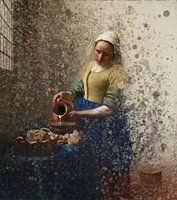 The milkmaid, after the work of Johannes Vermeer, ca. 1660 Golden EeuMadameRuiz
The milkmaid, after the work of Johannes Vermeer, ca. 1660 Golden EeuMadameRuiz Woman in Delft Blue - Tile tableau from an orphanage in SommelsdijkMadameRuiz
Woman in Delft Blue - Tile tableau from an orphanage in SommelsdijkMadameRuiz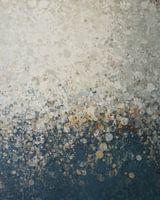 Splatter I | Abstract painting of a landscape in dark blue, caramel and grayMadameRuiz
Splatter I | Abstract painting of a landscape in dark blue, caramel and grayMadameRuiz Splatter II blooming Heather | Abstract painting of a landscape in purple, lavender, yellow and blueMadameRuiz
Splatter II blooming Heather | Abstract painting of a landscape in purple, lavender, yellow and blueMadameRuiz Splatter V Sunrise | Abstract painting in warm colorsMadameRuiz
Splatter V Sunrise | Abstract painting in warm colorsMadameRuiz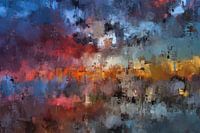 Sea view | Abstract painting of the ocean at sunsetMadameRuiz
Sea view | Abstract painting of the ocean at sunsetMadameRuiz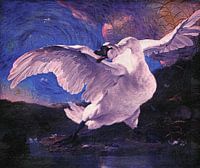 Jan Asselijn's endangered swan feat. Starry Night by Van GoghMadameRuiz
Jan Asselijn's endangered swan feat. Starry Night by Van GoghMadameRuiz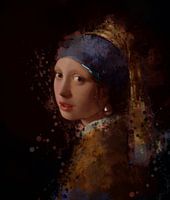 Girl with a pearl earring | Based on the work of Johannes VermeerMadameRuiz
Girl with a pearl earring | Based on the work of Johannes VermeerMadameRuiz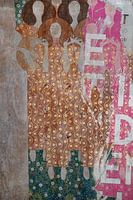 Chorus of angels from the paradise of the Beethoven frieze, after Gustav Klimt's workMadameRuiz
Chorus of angels from the paradise of the Beethoven frieze, after Gustav Klimt's workMadameRuiz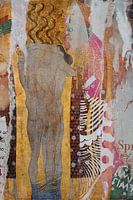 A close embrace and kiss from the Beethovenfrieze, after Gustav Klimt's workMadameRuiz
A close embrace and kiss from the Beethovenfrieze, after Gustav Klimt's workMadameRuiz Women full of desire in the Beethovenfrieze, after the work of Gustav KlimtMadameRuiz
Women full of desire in the Beethovenfrieze, after the work of Gustav KlimtMadameRuiz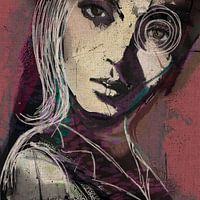 Eyes of Wonder | Women's portrait - Expressive, urban portrait painting in pink, purple and greenMadameRuiz
Eyes of Wonder | Women's portrait - Expressive, urban portrait painting in pink, purple and greenMadameRuiz Women's portrait | Autumn walkMadameRuiz
Women's portrait | Autumn walkMadameRuiz Still life with coffee | A moment for yourselfMadameRuiz
Still life with coffee | A moment for yourselfMadameRuiz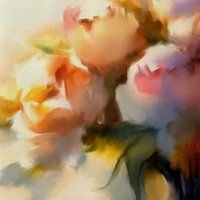 Festive bouquet with colourful flowersMadameRuiz
Festive bouquet with colourful flowersMadameRuiz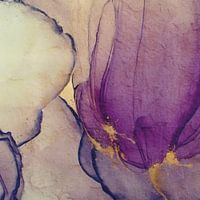 Botanical Brilliance IV Botanical Beauty Abstract watercolour in lilac/purple and sparkling goldMadameRuiz
Botanical Brilliance IV Botanical Beauty Abstract watercolour in lilac/purple and sparkling goldMadameRuiz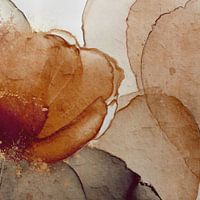 Botanical Brilliance VIII Botanical Beauty Abstract watercolour in earth tones rust brown, terracotta and sparkling goldMadameRuiz
Botanical Brilliance VIII Botanical Beauty Abstract watercolour in earth tones rust brown, terracotta and sparkling goldMadameRuiz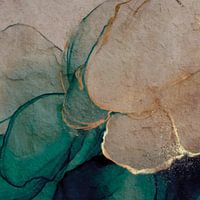 Botanical Brilliance IX Botanical Beauty Abstract watercolour in emerald / emerald green and sparkling goldMadameRuiz
Botanical Brilliance IX Botanical Beauty Abstract watercolour in emerald / emerald green and sparkling goldMadameRuiz Christmas Collection | Rudolph | Reindeer with red Santa hatMadameRuiz
Christmas Collection | Rudolph | Reindeer with red Santa hatMadameRuiz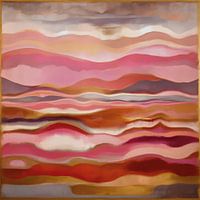 Abstract mountain landscape in warm, summery colours of pink, red, goldMadameRuiz
Abstract mountain landscape in warm, summery colours of pink, red, goldMadameRuiz
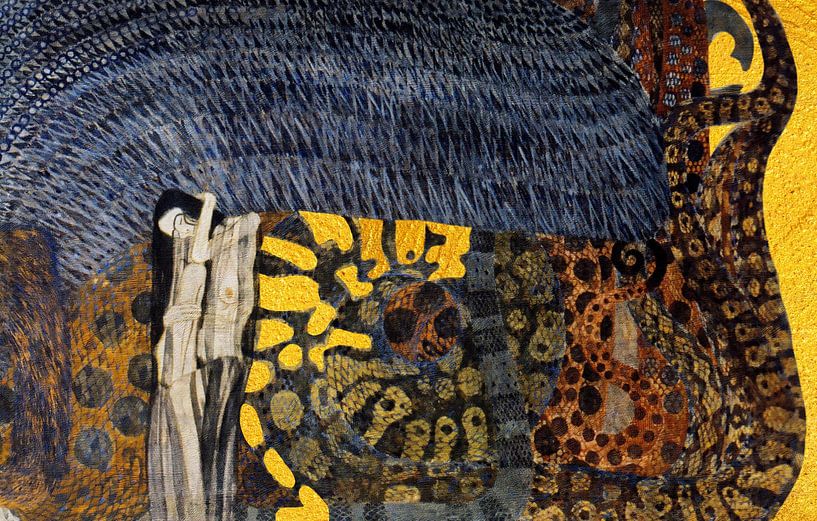
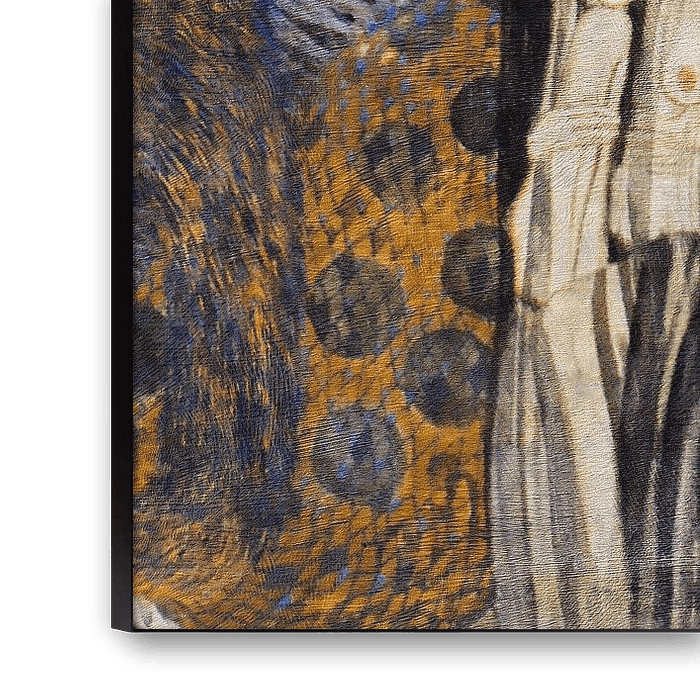
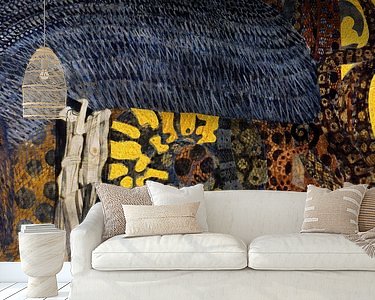
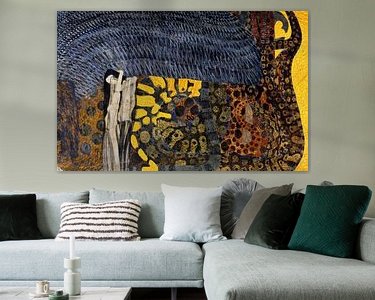

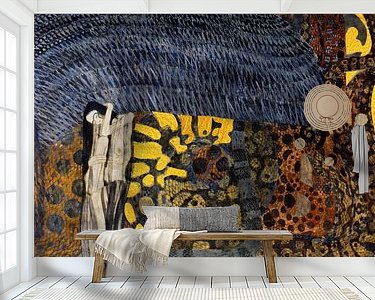
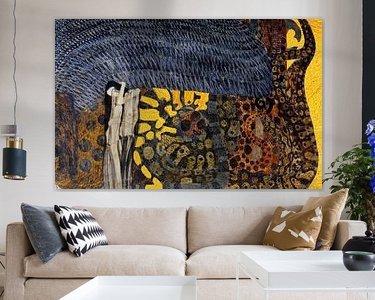



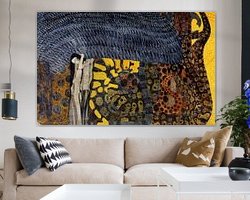
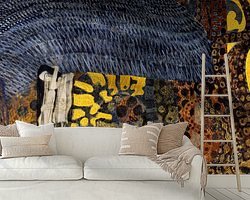
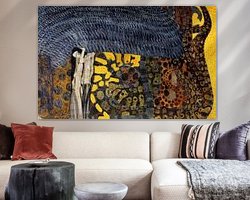
 Art Nouveau
Art Nouveau Austria
Austria Gustav Klimt
Gustav Klimt New masters
New masters Vienna
Vienna









